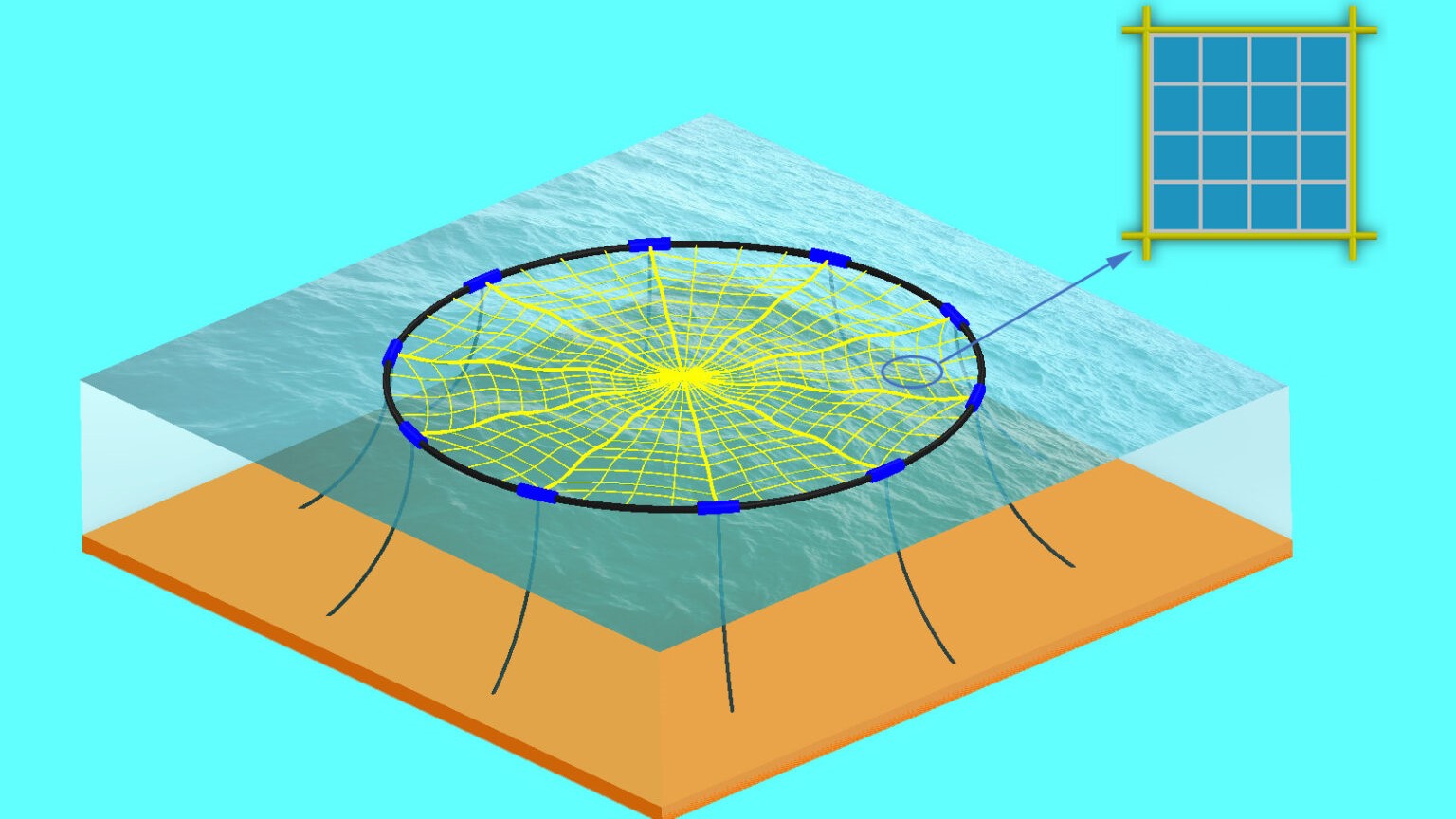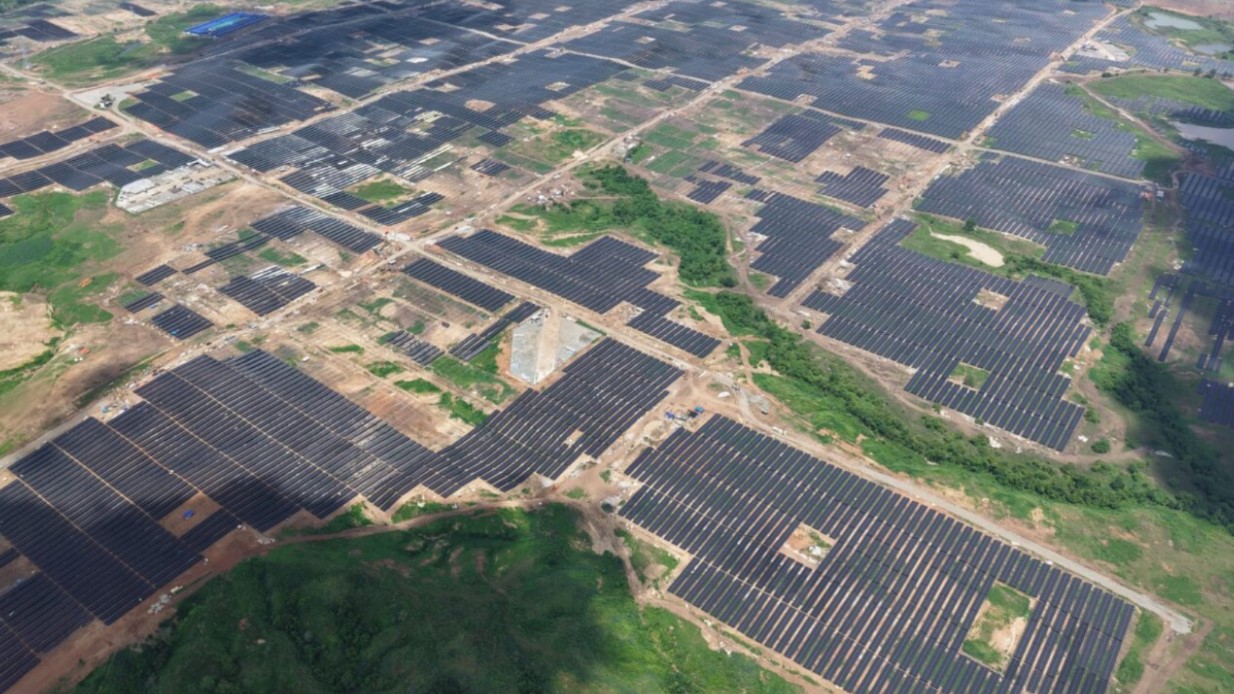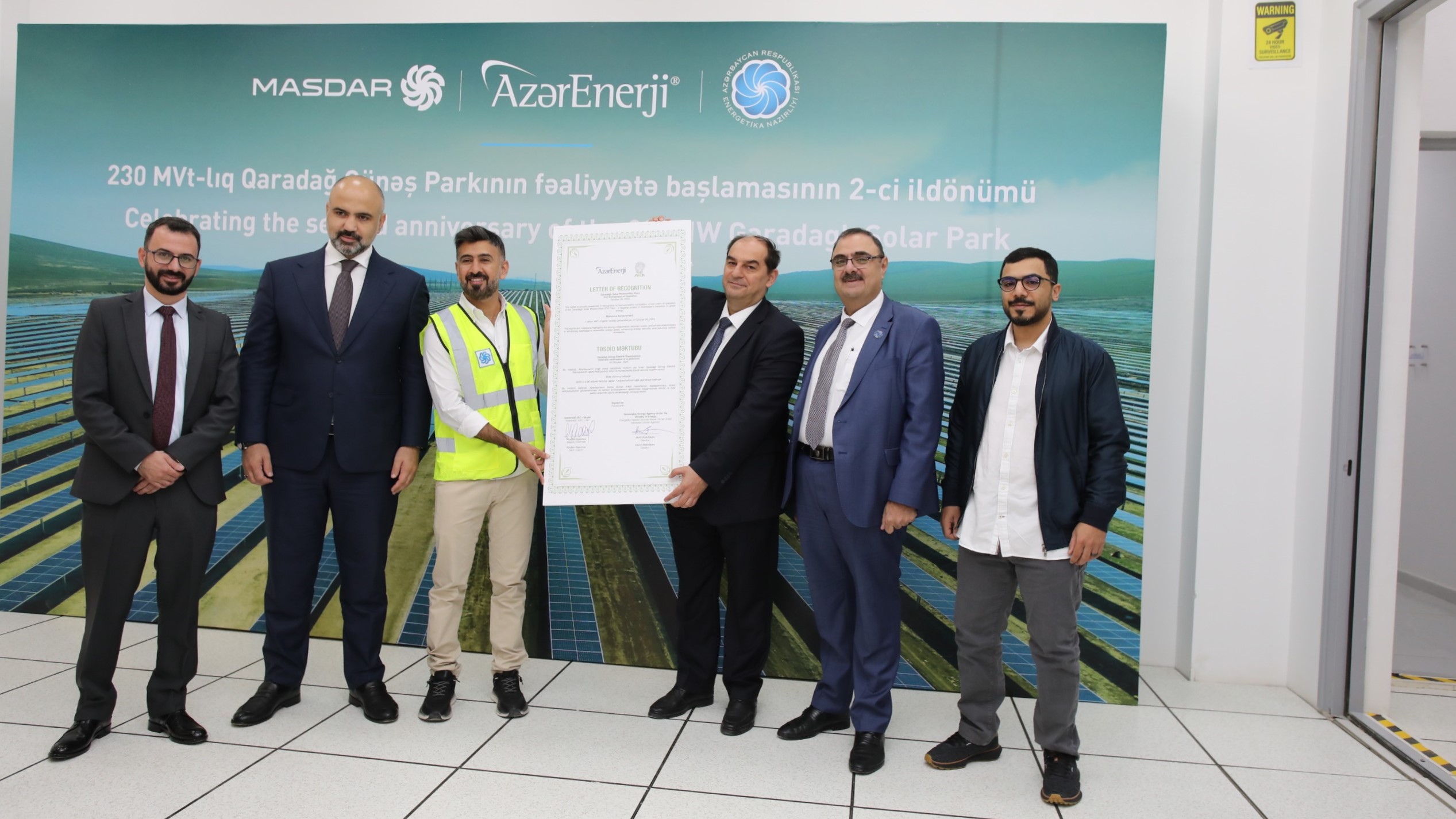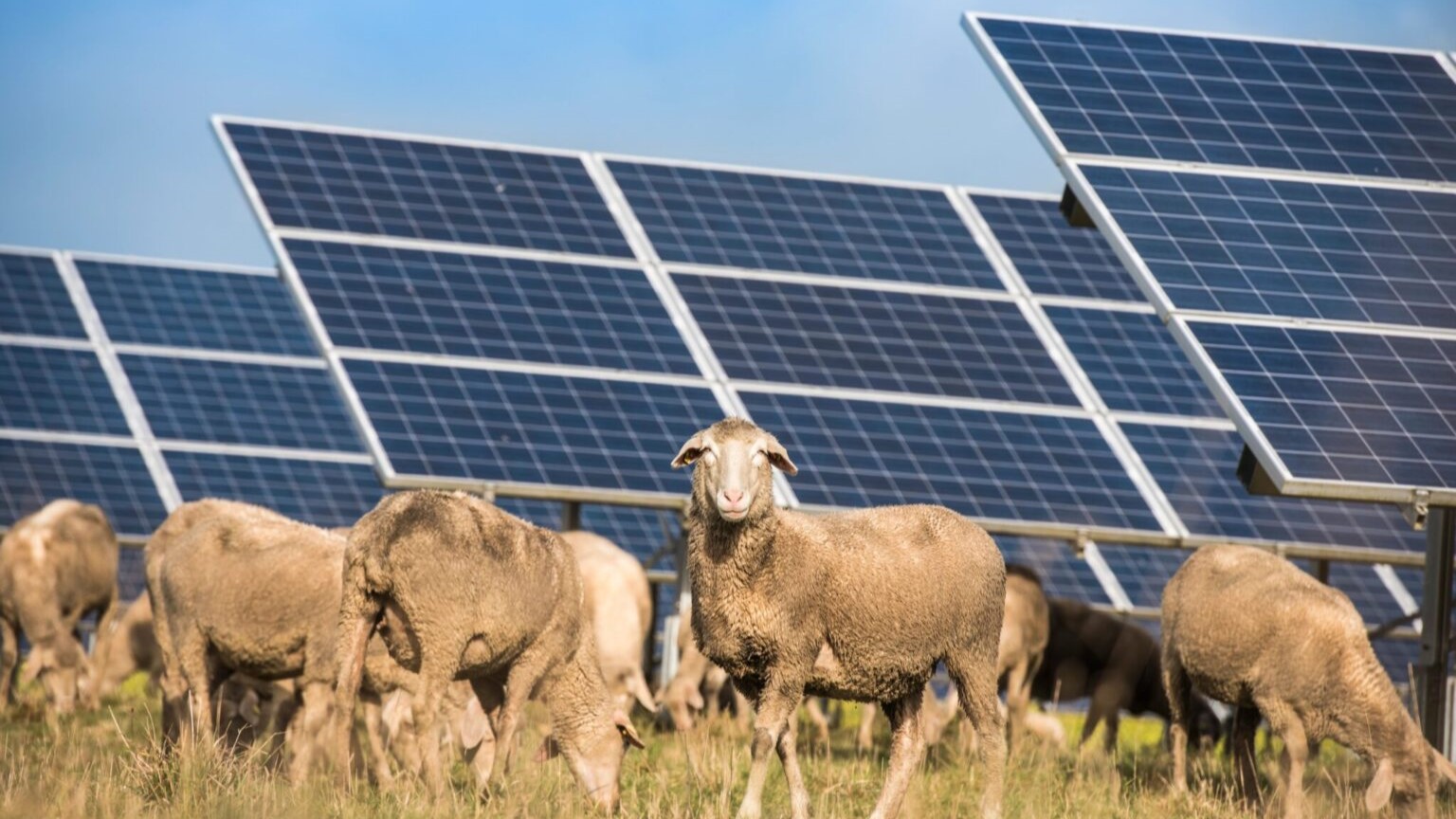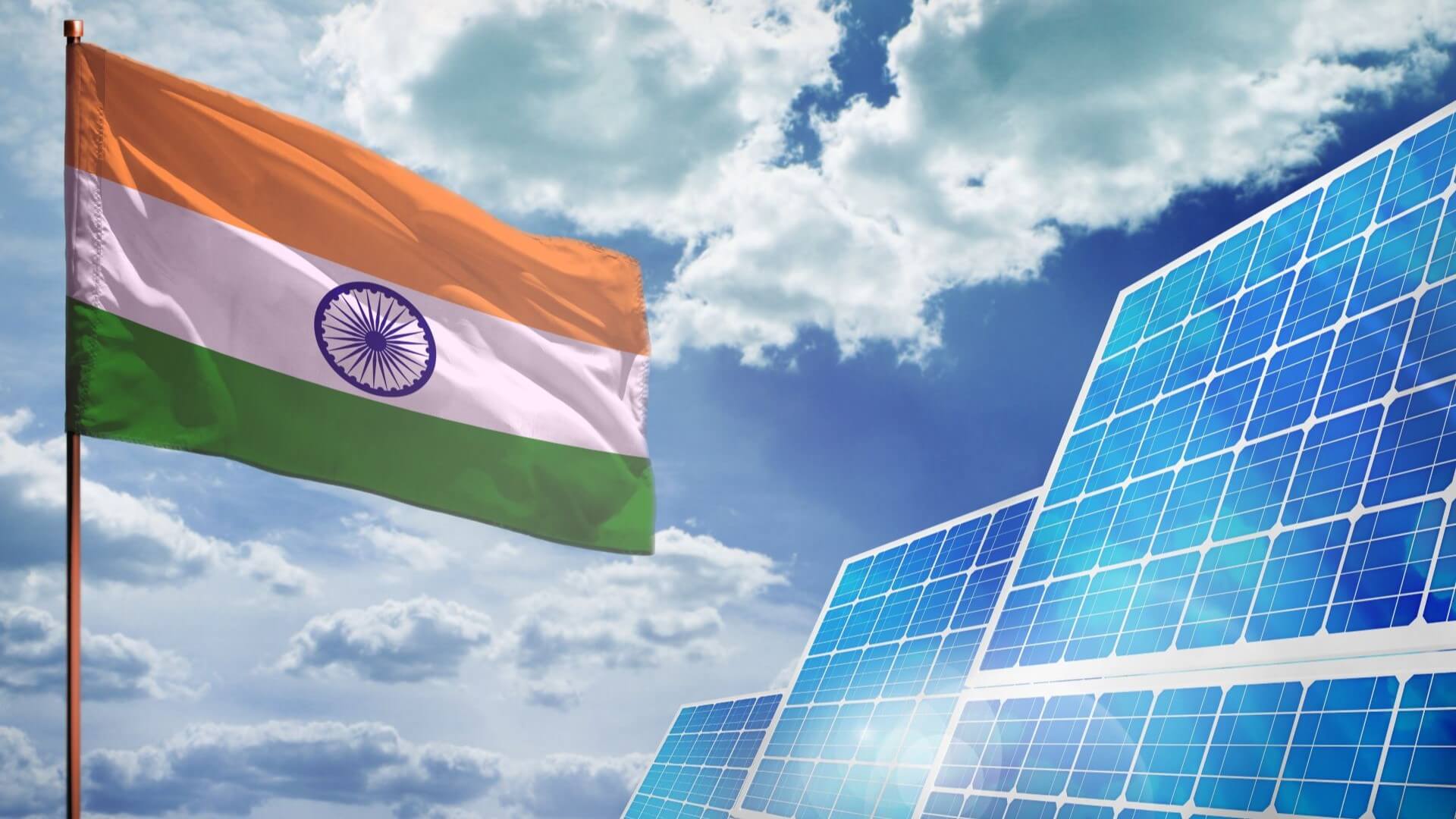A group of researchers from Scotland’s University of Strathclyde has proposed a new web-type concept of floating PV (FPV) farms.
The technical feasibility of the design was analyzed using the Morison model, a method commonly employed to assess wave loads in the design of oil platforms and other offshore structures. Various FPV configurations were examined to evaluate the effects of environmental loads and other parameters.
“The web-type floating concept for FPV proposed by our paper is a nature-based solution inspired by spider webs, which innovatively builds a large elastic web frame on the ocean surface to accommodate modularized solar plants,” first co-author Zhi-Ming Yuan told pv magazine. “The remarkable features of spider webs, including low material cost, high damage-tolerance, resistance to impact loads, and good repairability, are exactly what we desperately need for the next generation of offshore floating solar farms.”
The researchers proposed two design concepts based on the type of web structure. The first employs web frames composed of both spiral and radial lines, enabling the system to deform with waves as a unified structure. The alternative configuration involves deploying the system between offshore wind turbine towers, which provide structural support for the web. In both designs, the PV array features a square layout.
“As the main force-bearing components, elastic ropes are used to create a flexible web frame, so that the waves in the open sea will be absorbed by elastic deformation of the frame,” Yuan said. “The novel concept has great potential to be scaled in size and capacity from several MW to GW to cope with different offshore applications.”
To analyze the load distribution on the ropes, the researchers used the Riflex simulation tool, which is used for static and dynamic analysis of slender marine structures. The study focused on PV arrays with configurations of 1 × 1, 2 × 1, 3 × 1, and 3 × 3 modules. Each module measured 2 meters in length and width, with a height of 0.8 meters and a 1-meter gap between modules.
The synthetic ropes used in the simulations had a material density of 1.65 kg·m⁻¹ in water, a diameter of 38 mm, and a minimum breaking strength of 219 kN. The wave directions tested were 0°, 22.5°, 45°, 67.5°, and 90°, with wavelengths ranging from 50 to 200 meters. A rope failure scenario was also simulated.
“The most surprising result is that the phase of motion for floating PV modules is more important than the amplitude of motion. When the long and large waves are coming, the solar modules installed on the flexible web frame comprising both spiral and radial lines deform with the waves as a unified structure,” Zhi-Ming explained. “The phase angle of motions between adjacent modules is very small, suggesting negligible relative motion between neighboring modules. This implies the system transfers the loads elegantly – dancing with the waves rather than working against them. This would prevent ‘snap loads’ on ropes and floaters, hence achieving excellent survivability in open sea conditions.”
For the 1 × 1, 2 × 1, and 3 × 1 module configurations, both motion and rope tension responses showed similar performance under varying wavelengths. However, in the 3 × 3 module array, when the wave propagation direction was aligned parallel to any of the ropes, the resulting tension distribution became highly unbalanced, significantly increasing the risk of failure.
“The design and research of this web-type floating PV farm are still at an early proof-of-concept stage. The team at Strathclyde is actively promoting the commercialization of this web-type concept and technology,” Zhi-Ming concluded. “ They are working with other academic and industrial partners in Europe, including Seaflex, Sperra, Sunsurf, to form partnerships and consortia to apply for funding from the EU. If successful, we will promote the technology readiness level (TRL) to 4 in the coming 3 years.”
The system was described in “A New Web-Type Concept of Floating Photovoltaic Farms in Open Sea Environment,” published in Engineering.


